Lighting can account for about 7% of the energy used in your home.
To save energy, you could:
- use energy efficient light globes to minimise your running costs.
- install skylights and light tubes to let in more light than a window of the same size.
Skylights with solar control glazing or shutters will help you keep the room cooler in summer.
Light globes
Energy efficient light globes give you the most light for the electricity used. Use the lowest wattage you can for the space.
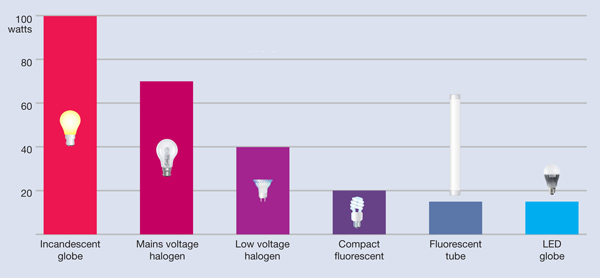
Halogen globes
Replace halogen downlights with alternative lighting or LED downlights. An average halogen downlight uses between 35 and 50 watts (W) and has a transformer that uses about 10W. If you have 10 downlights in a room, you could be using 450-600W per hour to light.
Most downlights need clearance from any ceiling insulation to prevent the risk of fire from the heat they generate.
Low voltage downlights
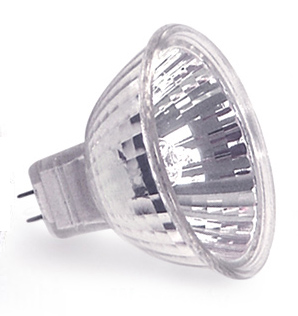
Low-voltage downlights are best suited to task lighting, for example, for bench tops or desks.
But low voltage does not mean low energy use. Downlight and transformer combinations can be equal to a 60W incandescent light bulb.
Compact fluorescent and LED downlights
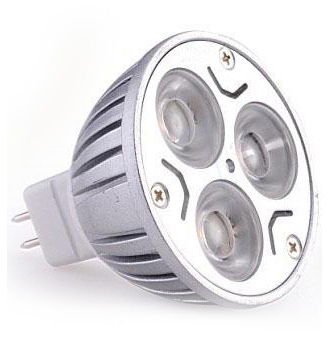
Halogen downlights can often be replaced with their equivalent lamps that use fluorescent or LED technology. They last longer and consume less energy.
Compact fluorescent lights come in different styles and sizes. Check that the light bulb you intend to install will fit into the light fitting.
Compact fluorescent globes
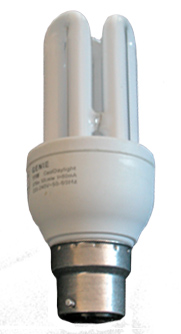
Compact fluorescent lamp (CFL) globes are an energy-efficient option and are usually designed to fit into conventional bayonet or screw fitting sockets.
CFLs are 5 times more efficient and have longer lifetimes than incandescent light bulbs. They can also replace incandescent lamps in heritage lights and downlights.
Linear and circular fluorescent globes
Linear and circular fluorescent globes produce very high quality light and can last 10 to 20 times as long as an equivalent incandescent globe. They are commonly used in commercial and industrial areas.
LED globes
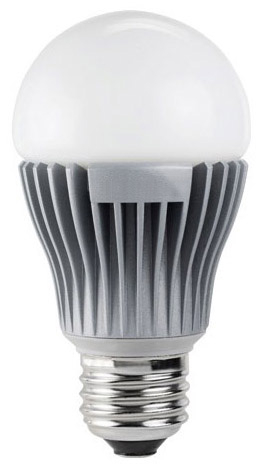
LED lights are usually designed to fit into conventional bayonet or screw fitting sockets. They have long lifespans and use about 85% less energy than halogen globes.
Switching from incandescent to compact fluorescent globes
Use the following comparison to work out what compact fluorescent light or LED globe wattage is needed to produce the same amount of light.
| Incandescent light bulb | Compact fluorescent light bulb | LED |
|---|---|---|
| 25 W | 4–6 W | 3–4 W |
| 40 W | 7–9 W | 5–8 W |
| 60 W | 11–14 W | 8–12 W |
| 75 W | 14–17 W | 11–17 W |
| 100 W | 19–23 W | 15–23 W |
Disposing of compact fluorescent light bulbs
Compact fluorescent lights bulbs can't be placed into your kerbside recycling bin.
Related information
On this site
Other websites
Lighting for business - energy.gov.au
Choosing the right light bulb - Greenhouse and Energy Minimum Standards Regulator

